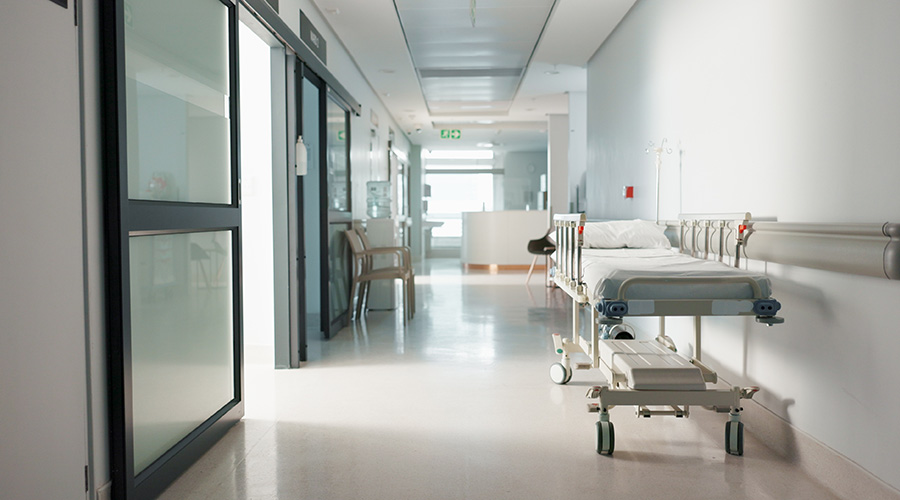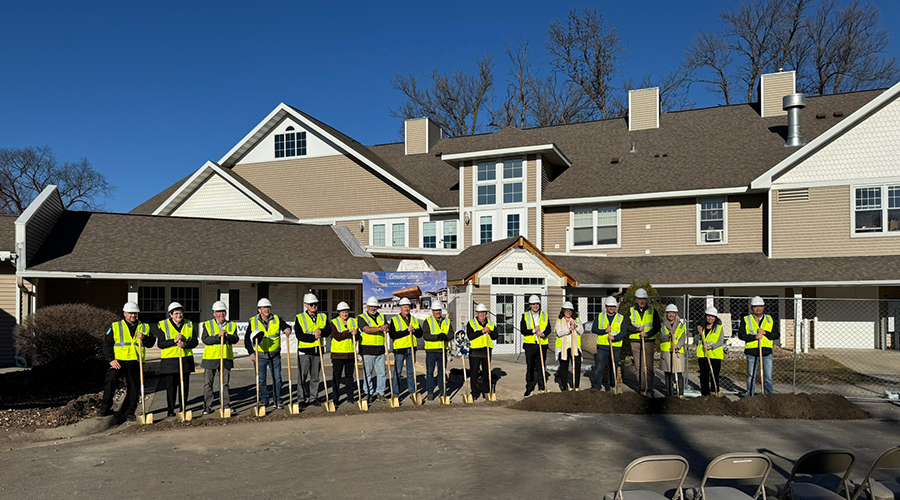Healthcare facilities can be stressful or even triggering spaces for patients to enter, especially for patients who struggle with behavioral health conditions. When patients are feeling stressed because of their environment, it is counterproductive to their healing goal.
Given this, designing behavioral healthcare facilities to promote recovery and calmness is vital for patients. Healthcare Facilities Today spoke with Tim Hurvitz, associate principal at HED, about how behavioral healthcare settings can be built with these concepts in mind.
HFT: What design elements can be used to facilitate zoning and promote a sense of calmness?
Tim Hurvitz: There is a lot of stress related to people using these [behavioral health] facilities. So, I think some of the best buildings work hard to create landmarks and areas people recognize so they can feel more comfortable in how they are using the space. Healthcare facilities, because of the programmatic necessity, tend to be rabbit warrens of hallways and doors. The ways we can work around that are by creating place markers along those quarters, whether it has that connection to the outside.
Even just a different way of handling an office so that it has more windows, if something like that can really help people understand where they are in the space and recognize certain elements of it. This is so it does not feel everything is the same and it will help people feel more comfortable and calmer as they work through the building.
HFT: How does the integration of natural elements such as exterior daylight into the building design mimic the therapeutic effects of nature on mental health?
Hurvitz: All architecture benefits from a strong connection to the exterior, and we especially need to do that for these buildings. One strategy I have appreciated is creating gardens and outdoor areas. Though, they are not for people walking through them because in an outpatient behavioral health setting, you are going to come to your appointment and leave. It is unlikely you are going to meander through a garden unless maybe it is part of a waiting area.
It is likely you are going to be sitting in a small room with a couple of people. That connection to the outside can foster positive distractions and help people be calmer. It is important that we create gardens and outdoor spaces specifically for people viewing them from inside. If we approach landscape architecture and building penetration, the windows and the building with that in mind, we can do more in creating great spaces with less resources and space.
Related: Designing Behavioral Health Facilities for Patients and Staff
The other thing I will say about that is some of the feedback we get on these buildings is people do not like windows because they do not want to feel like they are being observed. There is a sense of privacy, and they want to make sure there is a private space is so. However, then on the flip side, we see a strong connection in nature as being important. So, if the way the natural environment is designed and those windows are designed to give people and assurance of privacy, then we get a double benefit of that strategy.
HFT: How does reducing crowding within treatment facilities potentially mitigate patient aggression and how can architectural design address this concern?
Hurvitz: Ultimately crowding needs to be addressed by changes in the legislature and the insurance environment for behavioral health services. However, as architects and facility owners, we can do some things and I think one of the big ones is resisting the urge to design to the highest acuity.
We see this often in inpatient settings where you design a facility for the most distressed patient trying to hurt themselves, and it is important to have spaces for those patients.
However, if you are dealing with a patient who is less acute – we are not talking about suicidal ideation – but maybe we are talking about an eating disorder. Well, putting them in a space not designed for them which is instead designed for a patient that needs more help can be triggering.
That is difficult because we have got a limited amount of space and a limited amount of money. The trick is integrating behavioral health design into everything else we do in healthcare architecture, whether it is inpatient or outpatient. Ensuring that the general spaces or the regular emergency department can handle those less acute behavioral health patients too. This is so you do not have to then take a patient and say you are here because you fell under a behavioral health diagnosis and put you in this very isolating room. If we start taking that approach, well, now that allows these facilities to be more flexible and be able to accommodate more patients with comorbidities or different reasons for being there. It also hopefully addresses some of that overcrowding or at least provides more space for them.
Jeff Wardon, Jr. is the assistant editor for the facilities market.

 Healthcare Is the New Retail
Healthcare Is the New Retail Bridgeway Behavioral Health Services Launches Campaign to Renovate Health Center
Bridgeway Behavioral Health Services Launches Campaign to Renovate Health Center Ground Broken for New North Dakota State Hospital
Ground Broken for New North Dakota State Hospital AI Usage for Healthcare Facilities
AI Usage for Healthcare Facilities Ground Broken on Pelican Valley Senior Living Modernization Project
Ground Broken on Pelican Valley Senior Living Modernization Project